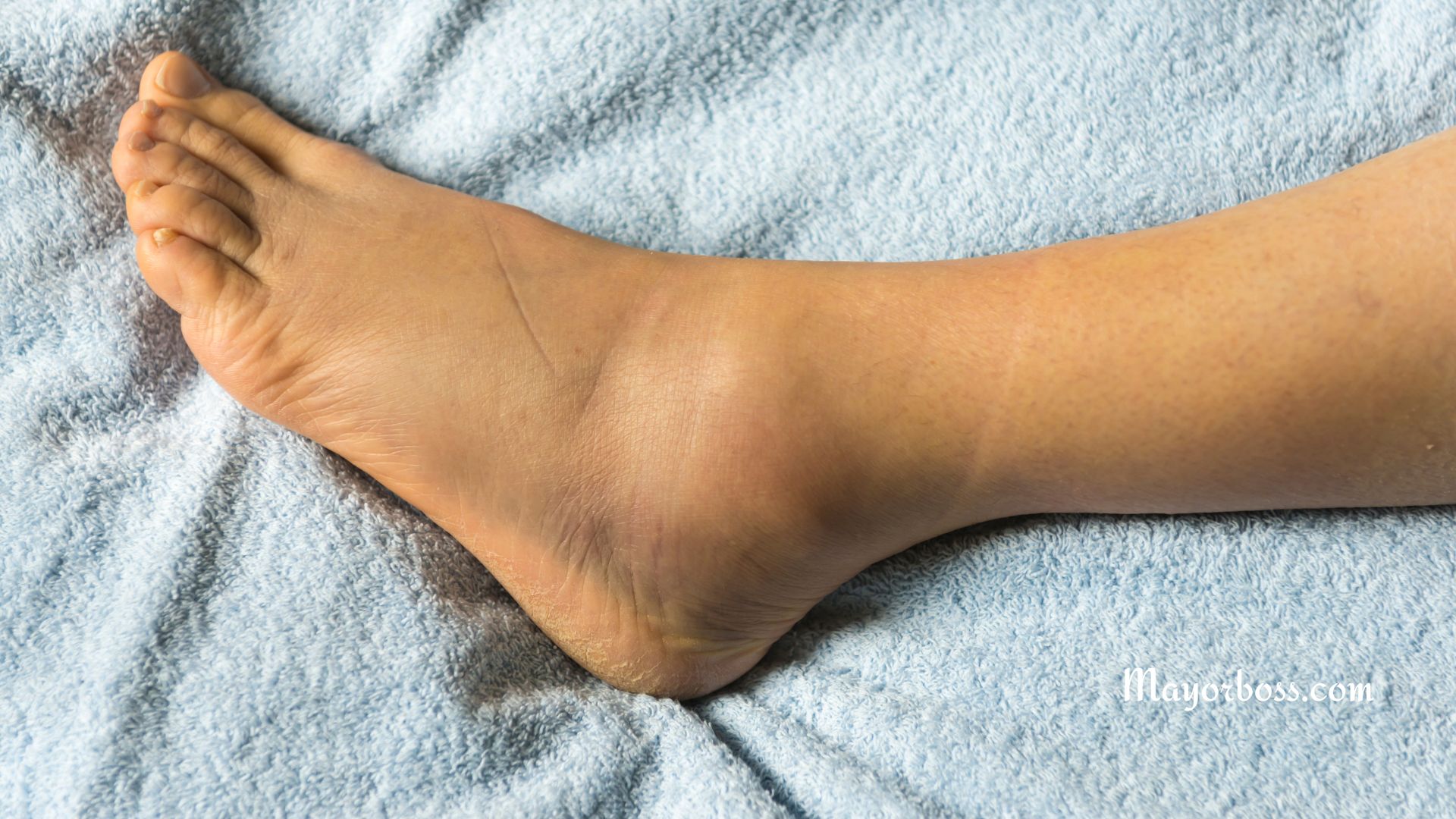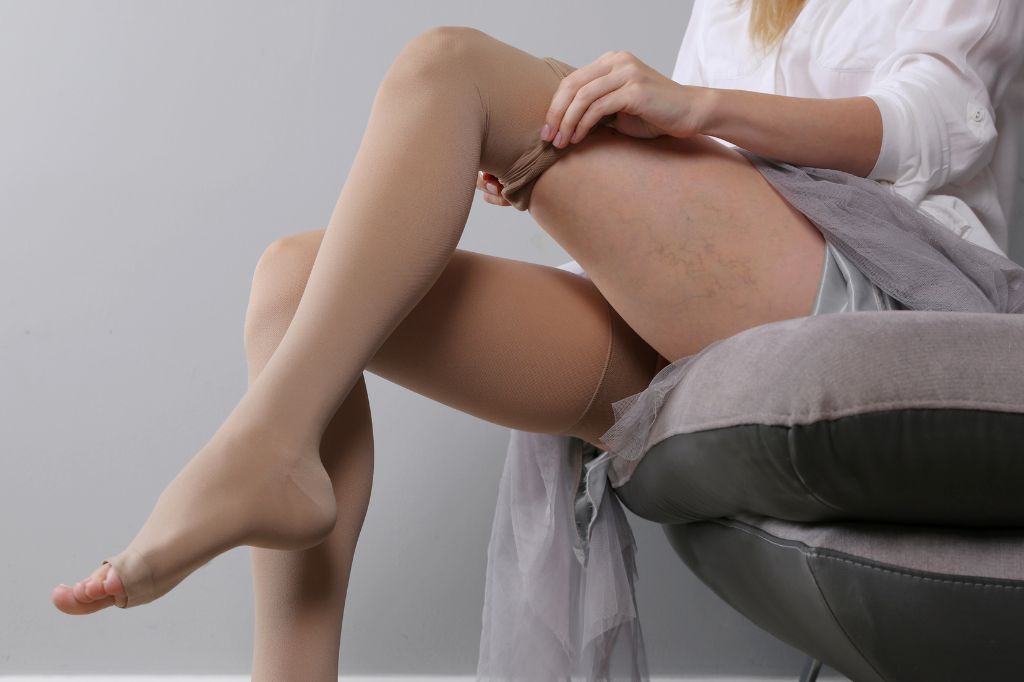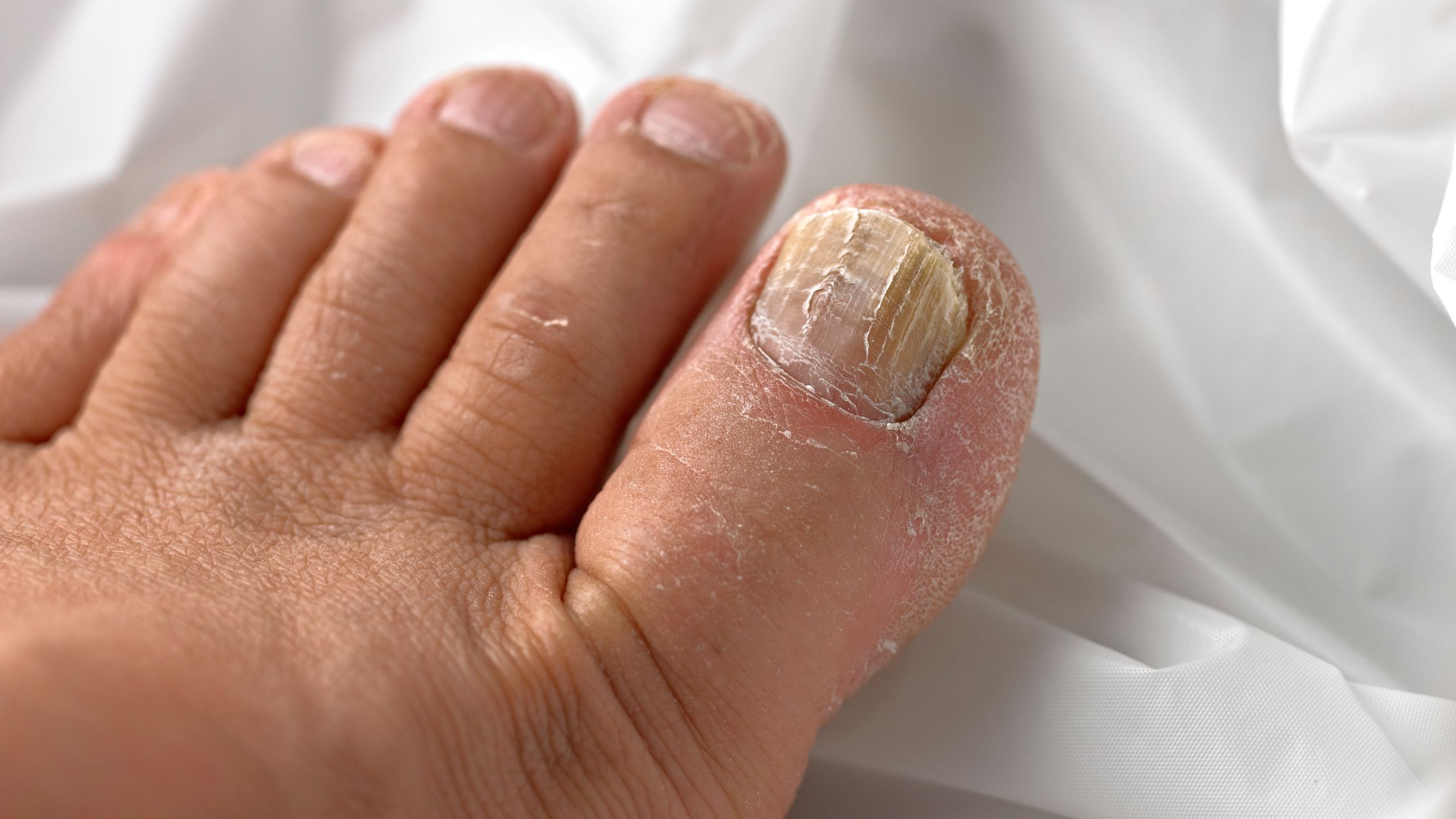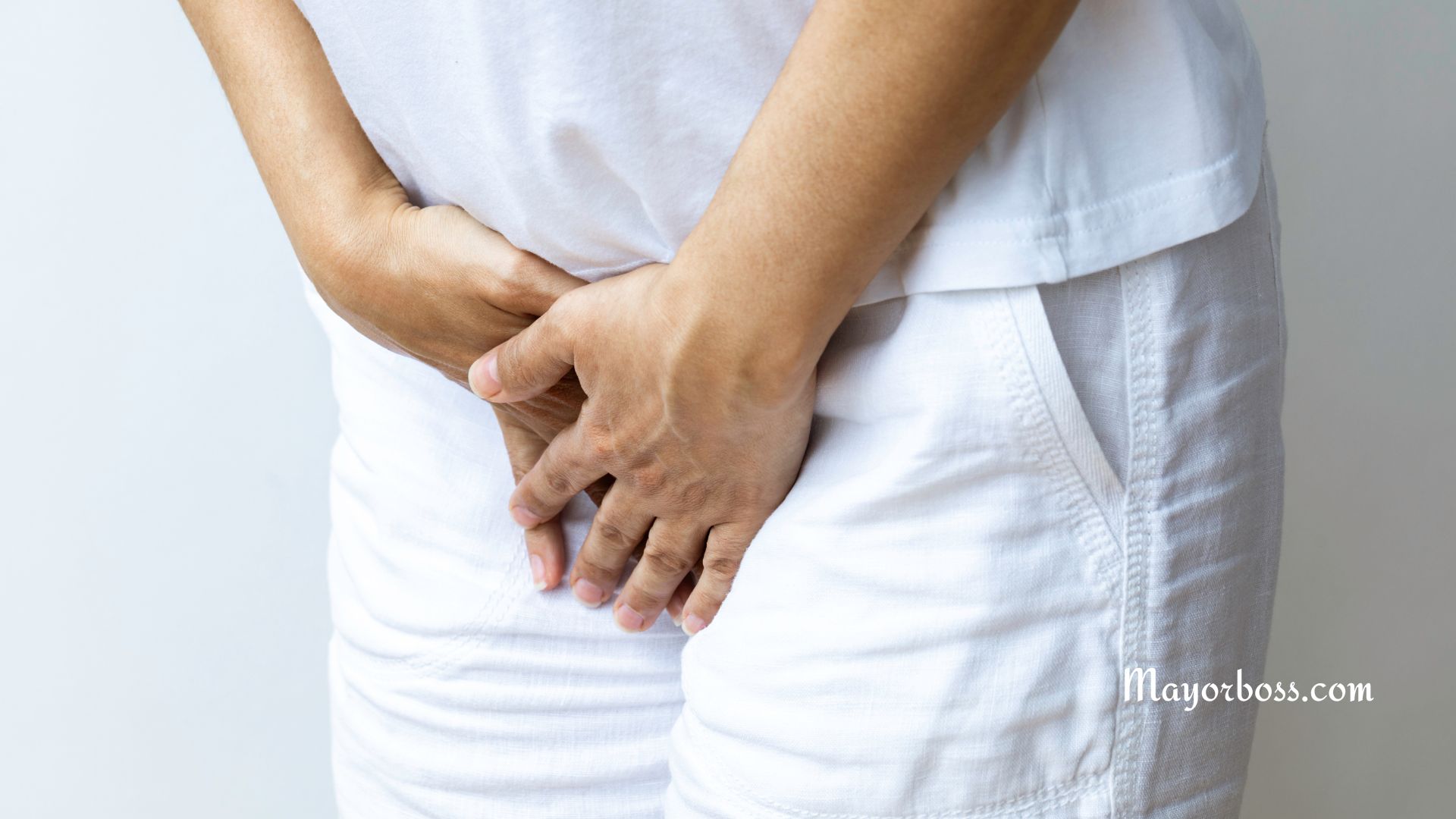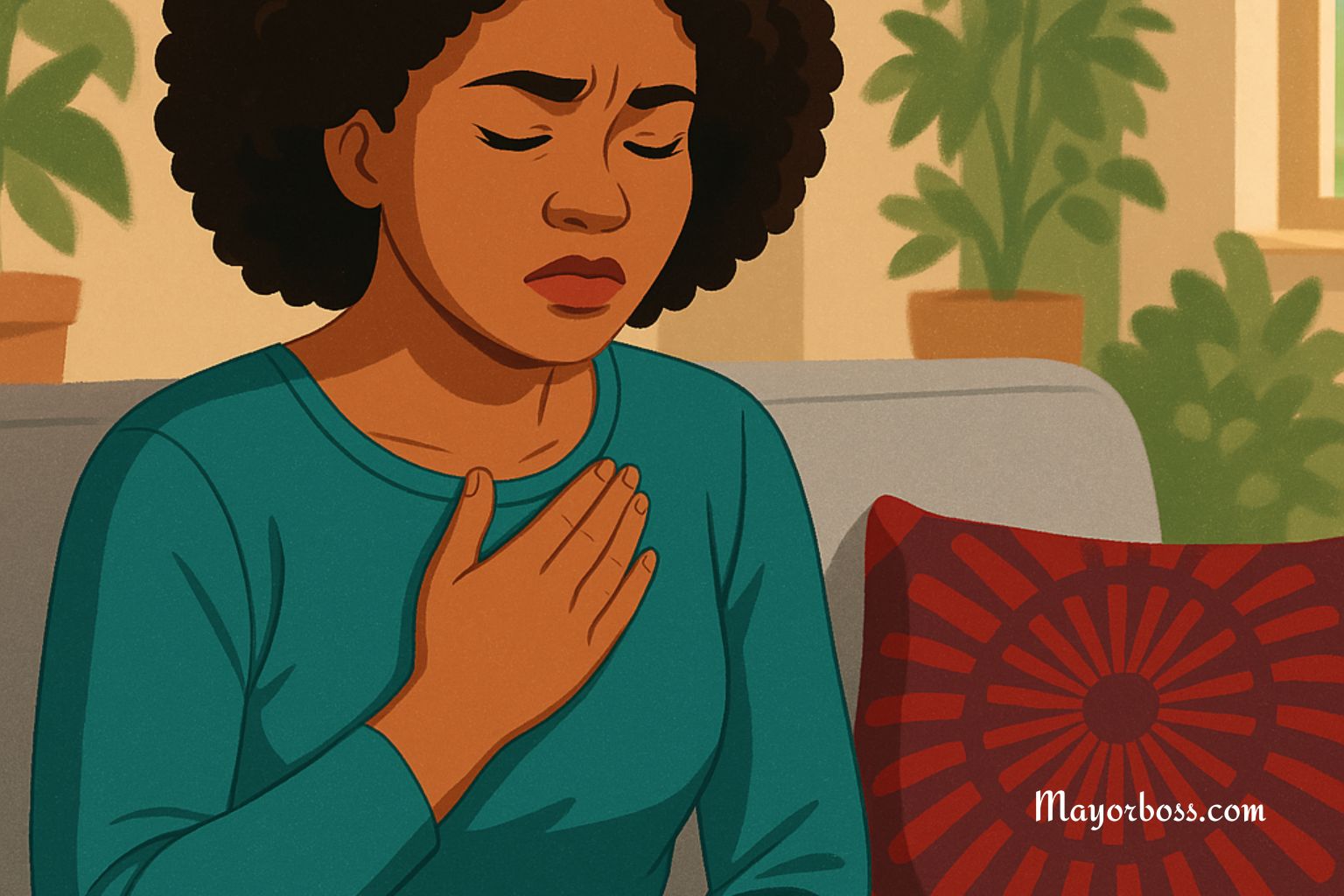9 Home Remedies for Athlete’s Foot
An athlete’s foot, also known as tinea pedis, a common fungal infection, often affects the skin between the toes. You may experience intense itchiness, blisters, redness, and scaling. Fortunately, you can find relief using simple home remedies. Here are some remedies to help you combat an athlete’s foot effectively.
1. Keep Your Feet Clean and Dry
The first step in treating an athlete’s foot is to maintain proper hygiene. You should wash your feet daily with mild soap and lukewarm water. After washing, make sure you dry your feet thoroughly, especially between the toes. This practice helps prevent the fungus from spreading and keeps the athlete’s foot at bay.
2. Over-the-counter Treatments
Over-the-counter (OTC) antifungal treatments are easily accessible and can be an effective solution for an athlete’s foot. These treatments come in various forms, such as creams, ointments, sprays, and powders. Some common OTC antifungal medications include:
- Clotrimazole (Lotrimin AF)
- Miconazole (Micatin)
- Terbinafine (Lamisil AT)
Follow the directions on the product label or pharmacist and apply the treatment to the affected area as instructed. You should continue using the medication for the full course, even if your symptoms improve, to ensure the fungus is entirely eradicated.
3. Soak Your Feet in Vinegar
A popular home remedy for athlete’s foot is soaking your feet in a vinegar solution. Vinegar’s acidic properties create an environment that inhibits fungal growth. To use this remedy, you’ll need to:
- Mix equal parts of water and vinegar in a foot basin.
- Soak your feet for 15-20 minutes daily.
- Dry your feet completely after each soak.
You should notice improvements in your symptoms within a week or two.
4. Hydrogen Peroxide
Hydrogen peroxide is another useful remedy for an athlete’s foot. Because of its antifungal and antibacterial properties, according to the Centers for Disease Control (CDC), hydrogen peroxide can effectively kill the fungus. To use hydrogen peroxide, you need to:
- Dilute 3% hydrogen peroxide with an equal amount of water.
- Soak a cotton ball in the solution and apply it to the affected area.
- Allow the solution to dry naturally without rinsing.
Repeat this process twice daily until your infection subsides. Be cautious when using hydrogen peroxide, as it may cause skin irritation for some people. If irritation occurs, discontinue use.
5. Apply Tea Tree Oil
Tea tree oil, a natural antifungal agent, can be effective against an athlete’s foot. To apply this remedy, you need to:
- Dilute a few drops of tea tree oil with carrier oil, such as coconut or almond oil.
- Apply the mixture to the affected area using a cotton ball.
- Do this twice daily.
It’s essential to dilute the tea tree oil, as using it undiluted may cause skin irritation.
6. Garlic
Garlic is well-known for its antifungal properties and can be a good home remedy for an athlete’s foot. To use garlic as a treatment, follow these steps:
- Crush a few cloves of fresh garlic to form a paste.
- Apply the paste to the affected area and let it sit for 20-30 minutes.
- Rinse your feet with warm water and dry them thoroughly.
Repeat this process daily.
7. Use Baking Soda
Baking soda has strong antibacterial and antifungal properties. Its ability to absorb moisture and neutralize odor makes it an effective treatment for an athlete’s foot. To use baking soda, you can:
- Mix a small amount of water with baking soda to create a paste.
- Apply the paste to the affected area and let it dry.
- Rinse your feet with water and dry them thoroughly.
Repeat this process daily until your symptoms have disappeared.
8. Wear Breathable Footwear
Wearing breathable footwear helps keep your feet dry and reduces the likelihood of athlete’s foot. You should choose shoes made from natural materials like leather or canvas. Additionally, avoid wearing the same pair of shoes two days in a row, allowing them to air out in between uses.
9. Change Socks Regularly
To prevent athlete’s foot, make sure to change your socks daily or more often if they become damp. You should also choose socks made from moisture-wicking materials, like cotton or wool, which help keep your feet dry.
When to See Your Doctor
While many cases of athlete’s foot can be successfully treated with home remedies and over-the-counter treatments, there are situations when you should consult your doctor. It’s time to see your doctor if:
- Your symptoms worsen or do not improve after two weeks of self-treatment.
- You experience excessive redness, swelling, or drainage from the affected area.
- You have a fever, as this may indicate a secondary bacterial infection.
- Have diabetes or a weakened immune system, which increases your risk of complications.
Your doctor may prescribe stronger antifungal medications or recommend additional treatments to effectively manage your athlete’s foot and prevent complications.
Takeaway
Athlete’s foot can be effectively treated using home remedies like maintaining proper foot hygiene, using over-the-counter antifungal treatments, and applying natural ingredients such as garlic and hydrogen peroxide. These remedies help reduce itchiness, redness, and scaling, promoting healthy, fungus-free feet.

